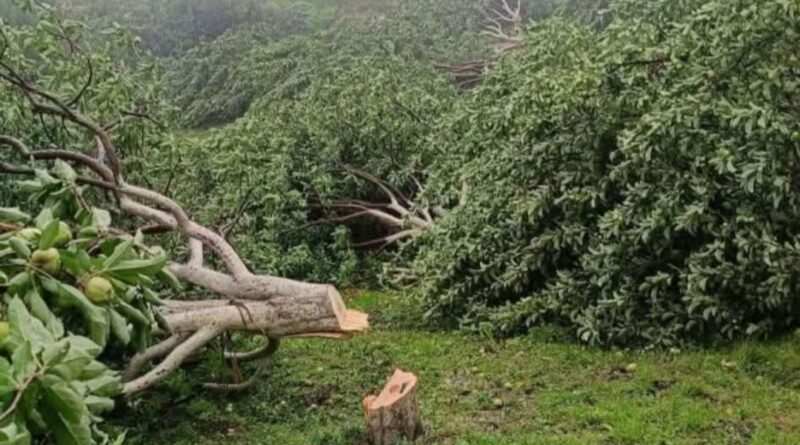A Ray of Hope for Himachal’s Apple Farmers: Supreme Court Pauses Orchard Removal
In a significant relief for thousands of apple farmers in Himachal Pradesh, the Supreme Court has temporarily halted the Himachal Pradesh High Court’s July 2, 2025, order that demanded the uprooting of apple orchards from forest lands labeled as “encroached.” The interim stay comes after a Special Leave Petition (SLP) was filed by Tikender Singh Panwar, former Deputy Mayor of Shimla, and advocate Rajiv Rai, bringing a glimmer of hope to farming communities facing devastation.
The case was heard by a bench comprising the Chief Justice, Justice K. Vinod Chandran, and Justice N.V. Anjaria. While a detailed order is still awaited, the petition argues that the High Court’s directive—forcing the removal of fruit-bearing trees during the fragile monsoon season—would not only cause irreversible harm to the environment but also cripple the livelihoods of countless families dependent on apple cultivation.
Farmers’ Plight & Environmental Concerns Ignored
The petitioners contended that the High Court’s decision was made without a proper Environmental Impact Assessment (EIA), disregarding key constitutional safeguards like the right to livelihood (Article 21), the precautionary principle, and sustainable development. They pointed to alarming consequences—already, over 3,800 mature apple trees in Chaithla, Kotkhai, and Rohru have been destroyed due to rushed enforcement, with tens of thousands more at risk.
Citing landmark rulings such as:
- Vellore Citizens Welfare Forum vs. Union of India (which emphasized sustainable development),
- T.N. Godavarman vs. Union of India (protecting forest rights), and
- Olga Tellis vs. Bombay Municipal Corporation (upholding the right to livelihood),
the petitioners stressed that uprooting orchards without scientific evaluation would be ecologically disastrous. Apple trees, which take years to mature, prevent soil erosion—especially critical during monsoons—and support biodiversity.
What’s Next?
With the Supreme Court’s interim stay, farmers can breathe a short sigh of relief. However, the battle is far from over. The final ruling will determine whether justice leans solely on technicalities or also considers humanity, ecology, and the survival of hill communities.
For now, the stay offers a crucial pause—a chance to reassess whether development and conservation can coexist, or if rigid enforcement will leave behind barren slopes and broken livelihoods.
(Detailed Supreme Court order awaited )



